- 1300 478 375
The inner edge of the foot is raised off the floor in the middle to form the arch of the foot. The height of the arch varies from person to person. When it is higher than normal the shape of the foot is called “cavus”.
When a person with a cavus foot stands, the middle of the foot seems to be raised higher off the ground than normal. The heel may be drawn in towards the inner side, and the toes may also be drawn inwards. Some people with cavus feet also have curled-up “claw” toes.
Although the most obvious thing about a cavus foot is usually the high arch, this appearance is actually produced by other more basic deformities in the foot. In all cavus feet the front part of the foot is drawn downwards more than normal, and the part on the side of the big toe (first ray) is usually drawn down most of all. The result is to tip the arch upwards, and also to tip the foot onto its outer side. It is this combination that produces the appearance of a high arch and a large space under the foot.
Many people with cavus feet have no problem at all. Sometimes it can be difficult to find shoes to fit, or the feet may ache, especially around the ankle, the outer edge of the foot or in the ball of the foot. Curled-up toes may rub on shoes.
Cavus feet tend to be stiffer than normal and may not take pressure as well as normal feet, so they may ache if you have been on your feet for a while. Some people with mild cavus feet don’t notice them until they take up running or other sports, when the cavus may limit their exercise tolerance. Some people complain that their ankles feel weak and they get ankle sprains easily. A few people who have reduced feeling in their feet as part of the condition that caused the cavus find that their skin rubs raw in areas of high pressure.
Most people with cavus feet do not need operations. However, if your cavus feet cause a lot of pain, rub badly on your shoes so that the skin breaks down, or your foot or ankle are very unstable, and simple treatment has not helped, surgery may be necessary.
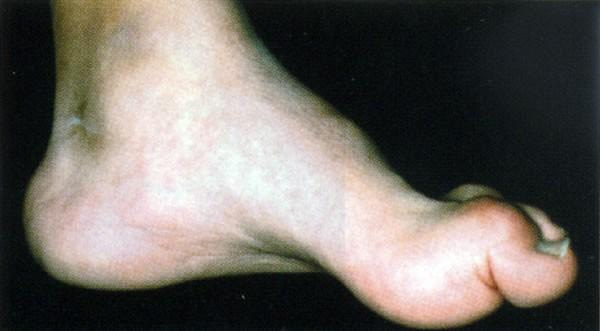
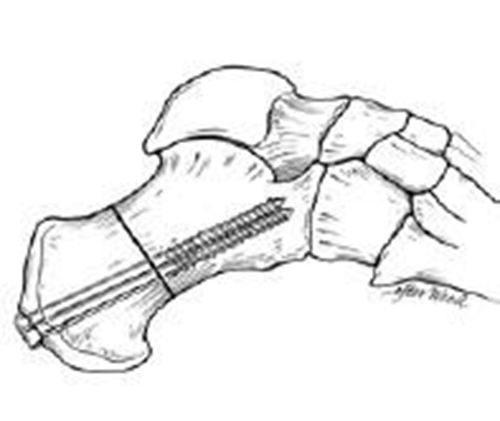
Possible operations include:
Your surgeon will discuss with you in detail exactly the surgery that will be required for you particular problem.
Most people who are reasonably fit can come into hospital on the day of surgery, having had a medical checkup beforehand if required. After surgery your foot will tend to swell up quite a lot, especially if you have had extra surgery such as a tendon transfer or toe straightening procedure. You will therefore have to rest with your foot raised to help the swelling to go down. This may take anything from 24 hours to a week. If you get up too quickly this may cause problems with the healing of your foot.
Once the swelling goes down and the cuts on your foot are healing you can get up with crutches and go home. The physiotherapist will teach you how to walk with Crutches . Most people are in hospital for 2-3 days.
The operation is usually done under general anaesthetic (asleep). Alternatively, an injection in the back can be done to make the foot numb while the patient remains awake. Local anaesthetic injections do not always work and in that case you may have to go to sleep if the operation is to be done. The anaesthetist will advise you about the best choice of anaesthetic for you.
In addition, local anaesthetic may be injected into your leg while you are asleep to reduce the pain after the operation even if you go to sleep for the surgery. You will also be given pain-killing tablets as required.
A plaster splint down the back of your ankle and under your foot will be applied while you are asleep. This is only a half-plaster, to allow for swelling. You will be provided with crutches when you are discharged from hospital, and a physiotherapist will teach you how to use these.
You cannot put any weight through your plaster in the first two weeks. You can usually take some weight for balance once the wounds are healing well and the swelling is going down – usually about 10-14 days. It is very important that the leg remains elevated most of the time in the first 2 weeks. Do not wet or remove the dressings.
SWELLING – this can be minimised by elevating your foot above your heart
PAIN – You will receive a prescription for pain medication on discharge from hospital. Pain can also be minimised by elevating your leg.
BLEEDING – This always occurs. You may notice some oozing through the bandages.
You will need to wear a moon boot from your knee to your toes until the bones have healed – usually 6 weeks.
10-14 days after your operation you will be seen again by Dr. Sterling. Your plaster will be removed and the cut and swelling on your foot checked. If all is well you will be put into a splint. You should continue walking with your crutches.
About 6 weeks after your operation you will come back to for an x-ray. The bones are usually healed by this stage, and the brace is removed and you can start walking without it.
As explained above, you should not walk on the foot for about 6 weeks after surgery. Dr. Sterling will advise you when you can start taking some weight on the foot. When you start putting weight on your foot you may be given a special shoe that you can wear over your plaster.
If your foot is comfortable, and you can keep your foot up, you can go back to work within 3-4 weeks of surgery. On the other hand, in a manual job with a lot of dirt or dust around and a lot of pressure on your foot, you may need to take anything up to three months off work. How long you are off will depend on where your job fits between these two extremes.
If you have only your left foot operated on and have an automatic car you can drive within a few weeks of the operation, when your foot is comfortable enough and you can bear weight through it. Most people prefer to wait till the plaster is removed and they can wear a shoe.
After your plaster is removed you can start taking increasing exercise. Start with walking or cycling, building up to more vigorous exercise as comfort and flexibility permit. Impact type sports may not be possible after this type of surgery. Obviously, the foot will be stiffer after surgery and you may not be able to do all you could before. However, many people find that because the foot is more comfortable than before surgery they can do more than they could before the operation.
You may have moderate pain following the surgery and can take panadeine forte as provided 1300orparacetamol478. 375The pain should lessen each day.
You should contact Dr Sterling (through the switchboard of the hospital where you had your surgery), or his secretary on .
Whilst it is unlikely, if you feel extremely unwell, or there is an unexpected delay in finding Dr Sterling, attend the nearest Hospital Emergency Department.
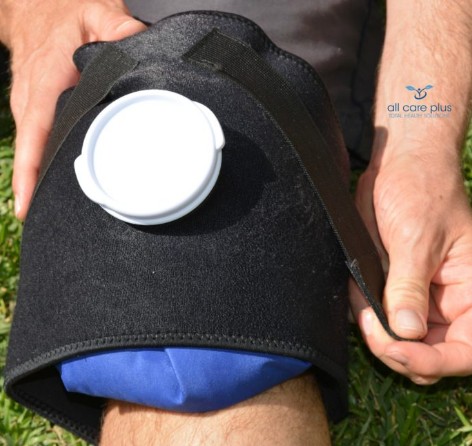

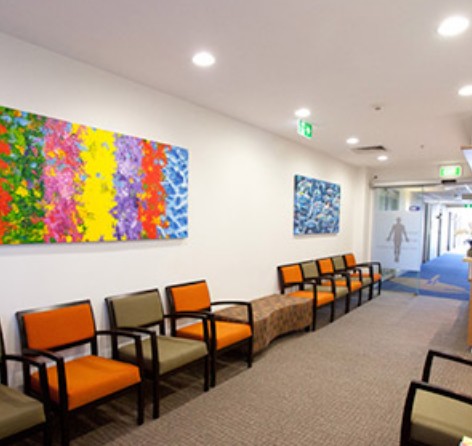
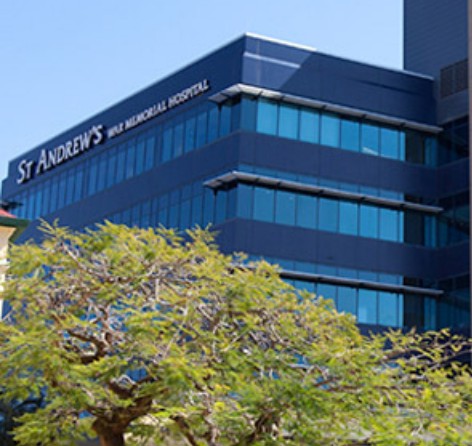
Take the first step towards your treatment and book your initial appointment with our orthopaedic surgery team.
Prefer the phone? 1300 478 375


